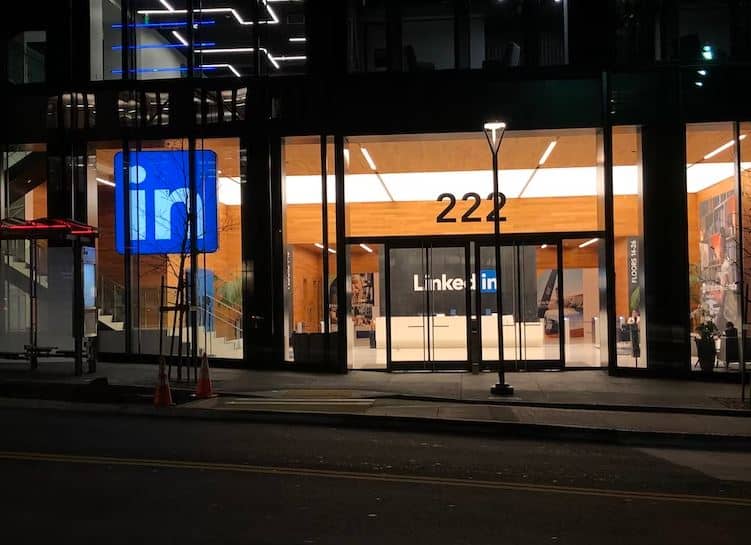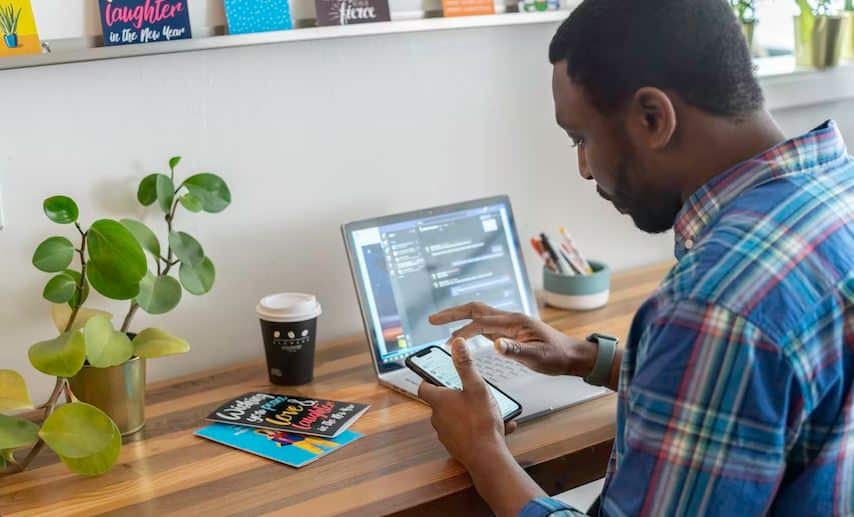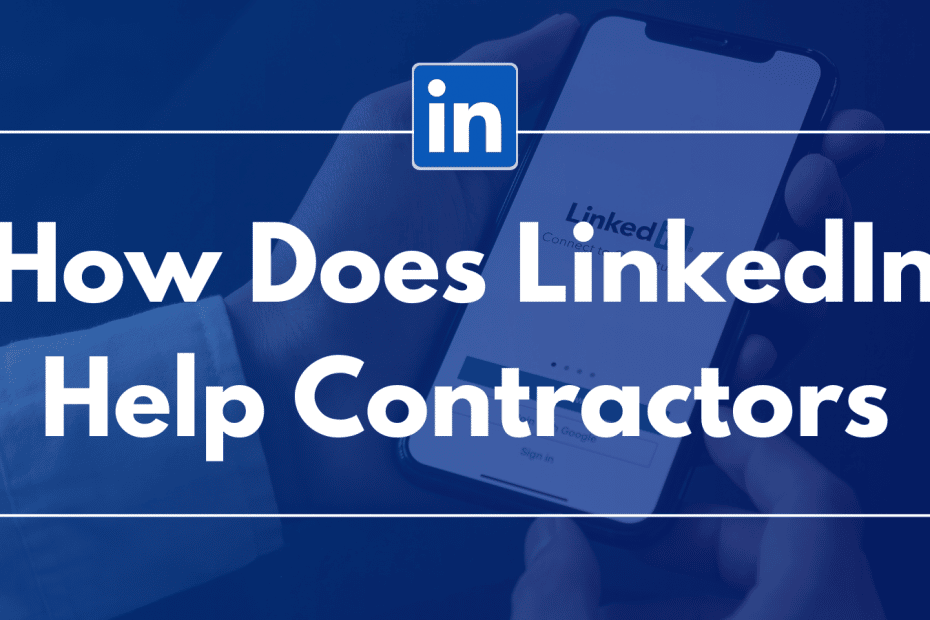Facebook is the biggest social media platform; it has almost 3 billion users. Twitter does not have as many, but it is still a popular platform. Why? Because users can do so many things on these platforms. That makes them a valuable tool for many people. For example, government officials can take advantage of how public tweets are to announce things to their compatriots. Meanwhile, brands and companies are on these platforms to connect with their consumers.
You likely already have an account on either of these platforms. Sure, you can use them to find a job or projects. But there’s a better platform for that. LinkedIn is a more valuable social networking platform for contractors. Its main goal is to connect professionals, job seekers, and employers to increase productivity. Thus, it can connect you with other professionals and allow you to hear about new assignments. So, you should make an account on this platform.

Getting onto a new social media platform can be a learning experience for some. LinkedIn can also be more intimidating than others because it is more formal than apps like Facebook or Twitter. But don’t worry. This blog will help you get started.
Setting Up A LinkedIn Profile
Open a web browser and go to LinkedIn’s website. Click “Join Now” on the upper right side of the screen.
Enter the email address or phone number plus the password you want to use for your account in their respective fields. Then, read the User Agreement, Privacy Policy, and Cookie Policy. Admittedly, you can skip this step. But it is good practice for professionals to read contacts or agreements before signing. Once done, click “Agree and Join.”
LinkedIn will send a confirmation to the email address or phone number you provided. Look for the confirmation button and click it or manually type the PIN on LinkedIn.
LinkedIn will then allow you to link your email contacts with your account. That will make finding the people you already know on LinkedIn easier. Since the platform is all about productivity, it is best to use that feature. But if you don’t want that, don’t feel pressured. You can always skip this step.
Next, you need to provide personal information. That includes your name, most recent job title, location, and profile photo.
Optimizing Your Profile
Per the User Agreement, you need to use your real name rather than company names or pseudonyms.

You should include the words “contractor” or “freelance” in your job title. They will make the people on LinkedIn know you are open to job opportunities with specific types and locations. These terms will also make LinkedIn recommend you to the right people for what you do.
To further increase those chances, use keywords that clients are likely to use when searching for people. For example, if you are a writer, use keywords related to the sectors you covered in the past. If you are a photographer, you photograph for what kind of events? Or what programming languages do you have the most experience with if you are a programmer. Also, list all additional skills you have that are relevant to what you do. These will help LinkedIn connect you with the right people.
Next, list your previous work experiences. Please be mindful of how much information you provide. You need to give just enough to capture the attention of your visitors. They may move on to their next candidate if you put too much information there.
So, what should you put in that section? Focus on the skills you used and proved to be useful in your previous projects.
Last, we recommend not to ignore your profile picture. People suspect an account is fake when it does not have one. In contrast, accounts with profile pictures get exponentially more views because they make you seem more trustworthy. As a result, you increase the likelihood of clients and recruiters picking you up.
When choosing a profile picture, pick a clear headshot with you looking professional. You can use the one on your resume.
Networking
Of course, setting up your account is not enough. It’s like on Twitter – you can’t expect Twitter followers to come without you doing anything. You need to do more to land jobs.
Your goal is to receive as many messages from companies interested in working with you as possible. To increase your chances, share articles relevant to your industry. It would be best to let enough time pass before sharing the next one. If you share many articles in one go, it would seem like you did not read any of them.
Following organizations in your industry is also a good idea. You can also like and comment on their posts to increase your exposure. And the more visible you are on LinkedIn, the higher your chances of getting a job.
Don’t forget to check your inbox every day. Recruiters or clients could be sending you messages asking for more information about your services.
Also, know that you can send messages to other users. Use that to offer your services, but don’t be too pushy because that may actually push them away. Paying for LinkedIn premium is also an option; it will allow you to send messages without requesting to connect first.

Skills and Endorsements
Over time, you will get more experience and gain new skills. So, you may want to revisit your skills list on LinkedIn. To edit your skills, go to your profile and find the Skills section. Then, tap the “+” button on the top right to add more.
You can also take skills assessment tests to prove you have the skills you listed. If you pass these with an above-average score, you will get a badge. It will tell recruiters and clients that you can be up for a certain task.
Suppose you are in a positive relationship with clients you previously worked with. You can ask them to endorse you to others for a certain task. That will help you find more jobs.
